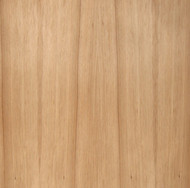One of the great things about wood veneer is that a little bit goes a long way, and it is often far, far more affordable than working with solid wood.
That’s particularly true when you’re working with coveted exotic species like some of the ones on this list.
Acacia (Pictured Above)
Like many native hardwoods such as oak and maple, Acacia wood (which comes from Africa) is remarkably hard and durable. It is scratch resistant and, what’s more, it is a lustrous, beautiful wood that almost exhibits a bit of chatoyance.
Unlike the two domestic species mentioned above, select cuts of Acacia wood feature a two-tone coloration, between a light color, similar to maple, and a rich, dark brown, similar to walnut.
Mappa Burl Veneer
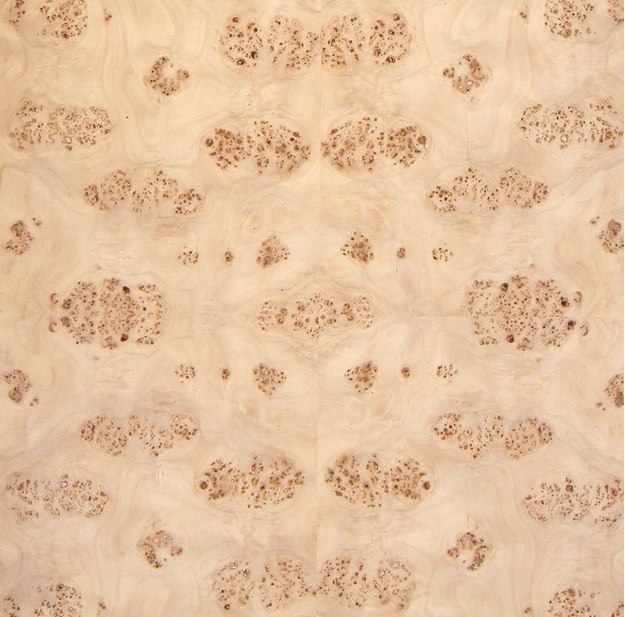
Mappa burl veneer, a special cut produced from the burls of black poplar trees, is one of the most beautiful of all burl cuts. It is characterized by a beautiful, golden to cream-colored figure, punctuated by dark brown eyes.
It is not as hard or as durable as many other grades of burl, but because of its inherent beauty and the stark aesthetic produced by the contrast between the light and dark figure, mappa burl veneer is highly coveted.
Padauk

Padauk is a great veneer to work with, and not just because it is a beautiful wood. This rich-red wood (which is sometimes lighter colored) is native to central and western Africa. It is commonly used to make furniture, flooring, tool handles, and of course, veneer.
As a wood veneer, padauk is an exceptional species. It is very hard and strong, and what’s more, it exhibits excellent flexibility and elasticity. This makes it a choice wood for veneering surfaces that have curvature to them.
Cocobolo
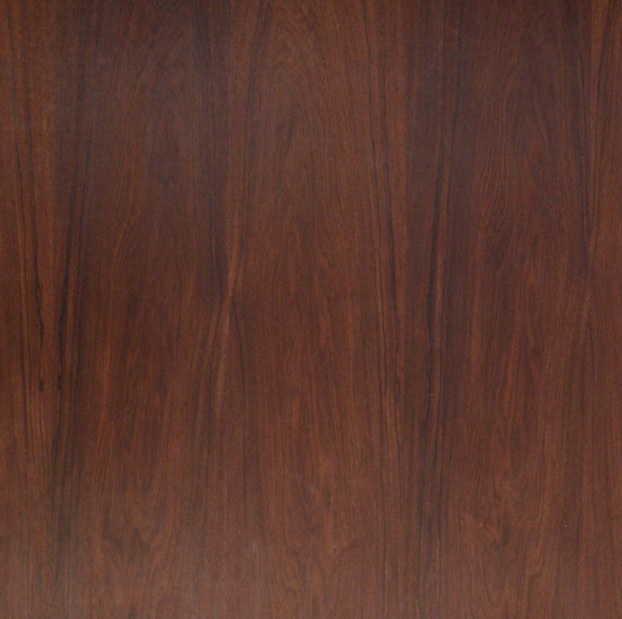
This exotic wood is commonly used to make instruments and wooden duck calls, among other niche uses. As a veneer, it’s a top-tier exotic, too.
Cocobolo, which is native to the highlands of Central America, is a beautiful wood with alternating bands of dark and light colors in the grain. It is very hard and strong, and makes an excellent choice for veneer projects.
Another special trait of cocobolo is that it resists moisture absorption, and is therefore highly rot-resistant, making it a top choice for veneer projects in kitchens, bathrooms, and on boat interiors. Keep in mind that all veneer installations such locations require careful attention to finishing and sealing.
Cumaru
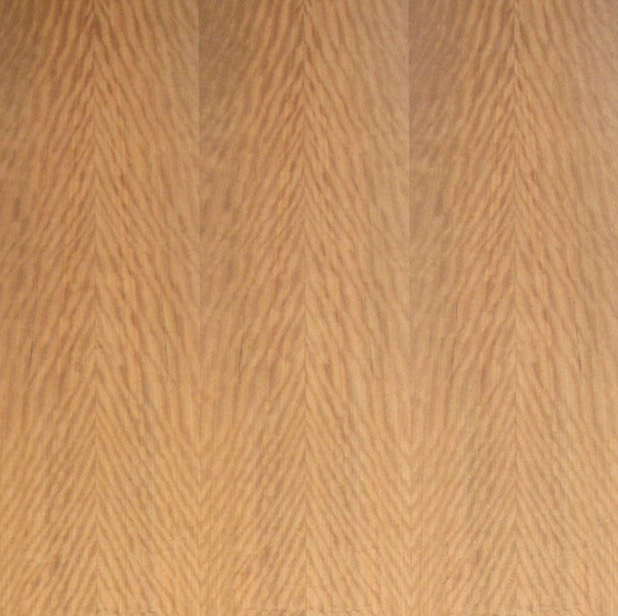
Cumaru wood, which is produced from the tree that also grows tonka beans, is a rich reddish-brown color, and comes from northern South America.
Cumaru has a richly colored, flecked grain with a pleasing contrast that is not too stark, unlike alternatives such as zebrawood veneer.
Similar in strength and hardness to lignum vitae, cumaru is extremely dense, hard, and scratch- and wear-resistant, making it perfect for veneering applications for furniture and wall paneling.
Leopardwood
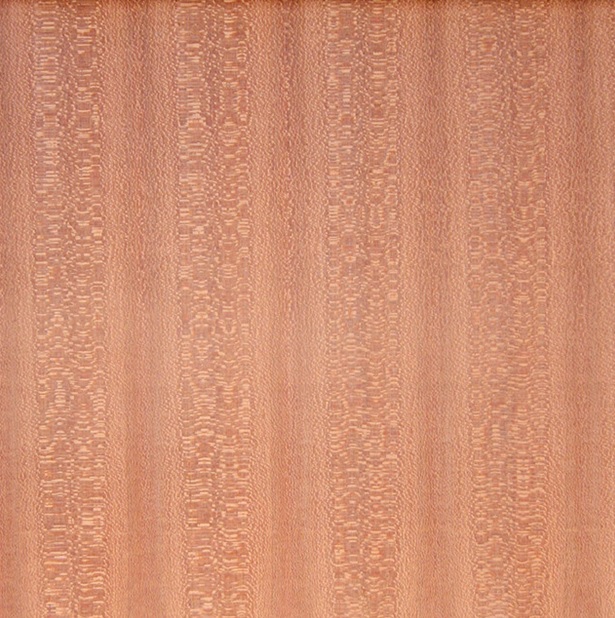
The figure of leopardwood is among the most beautiful of all cuts and species, including exotic and rare wood veneers like mappa burl.
Mottled like a leopard’s coat, with light and dark areas, it also exhibits a rich reddish-brown color. It is also fairly strong and hard, making it suitable for use in a wide range of veneering projects.
Canary

Light to orange yellow, with light to dark red streaks throughout the grain, canary wood is another wonderful exotic that has a lot of different uses.
For the most part it is a dense, hard, and strong wood with a marked luster, and is easy to work with hand tools, making it relatively easy to produce a very smooth, fine finish.
Canary veneer is often used in furniture, in cabinetry, and marine interiors with proper finishing and sealing.
Tigerwood
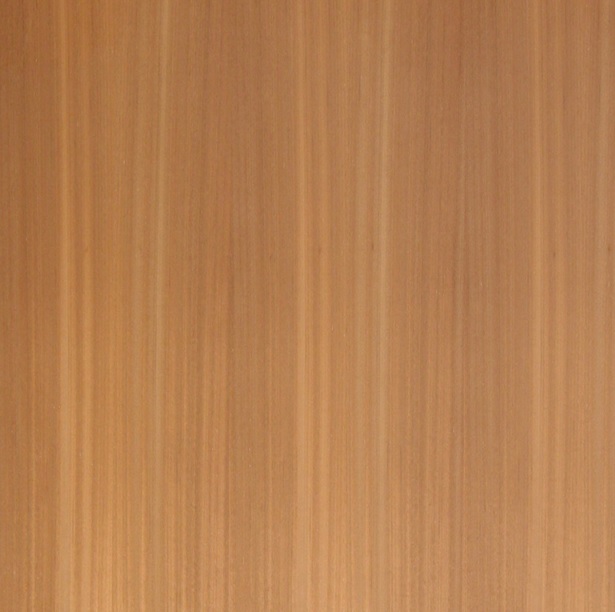
Tigerwood is, like leopardwood, named after the coat of the cat from which it takes its name. It is a rich, dark red, nearly orange wood, with dark reddish brown, nearly black stripes, not entirely unlike a tiger’s coat.
It is a strong wood, and it is also naturally resistant to decay, rot, insects and other pests, making it a choice wood for a variety of applications. Conventionally it is often used for furniture and flooring, and tigerwood veneer can be used to finish furniture, wainscoting, musical instruments, and more.
Bubinga
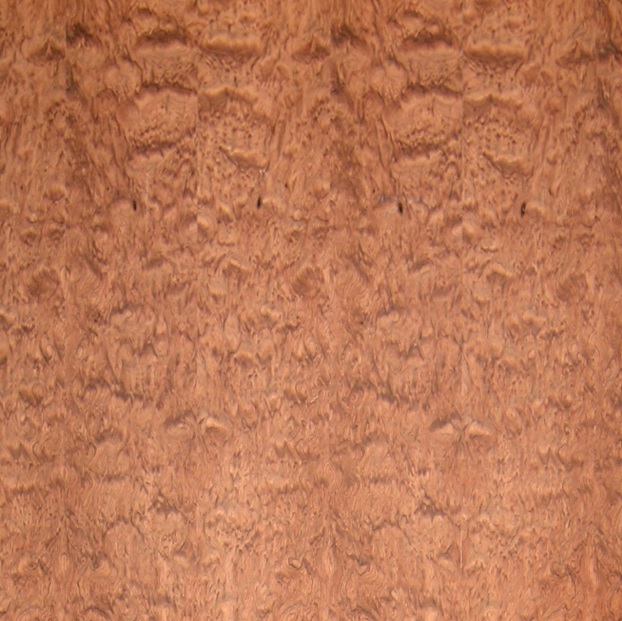
Also known as African Rosewood (because it looks like rosewood), bubinga is a beautiful wood that exhibits rich brown, sometimes nearly bright orange-reddish coloration. It is notable for its resistance to decay and particularly to insects, and as such has been historically prized for the production of furniture and tools.
It is also very hard, heavy, dense, and resistant to wear and scratching, while remaining fairly easy to work with hand tools, making it relatively easy to finish - and a choice exotic veneer.
Makore
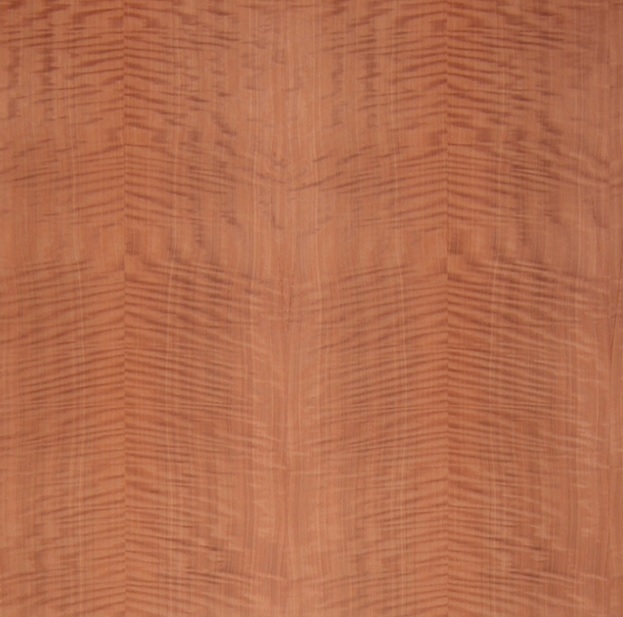
Makore wood is sometimes also called douka and is native to central Africa. This wood is extremely durable and rot-resistant, and, as it often grows in brackish environments, the wood exhibits uncommon resistance to decay. As such, solid Makore is often used in the building of bridges and boats.
Makore veneer is a richly colored wood, nearly copper in hue, with chatoyant flecks across the grain and a beautiful luster.
Why Wood Veneer in the First Place?
Wood veneer of exotic species and cuts, like mappa burl and cocobolo, are more affordable than their solid wood counterparts. They are also more economical, and far more sustainable.
This is because one single log can create many more veneer sheets than solid wood boards, reducing the strain on wood stocks that are already under a lot of harvesting pressure.
For what it’s worth, Oakwood Veneer is helping to reforest the country. We’ve partnered with the National Forest Foundation through our Plant It Forward program to plant a tree for every order planted.
So we’re helping to do our part with reforestation efforts. For more information about the program, see the previous link, along with the following article on the topic.


